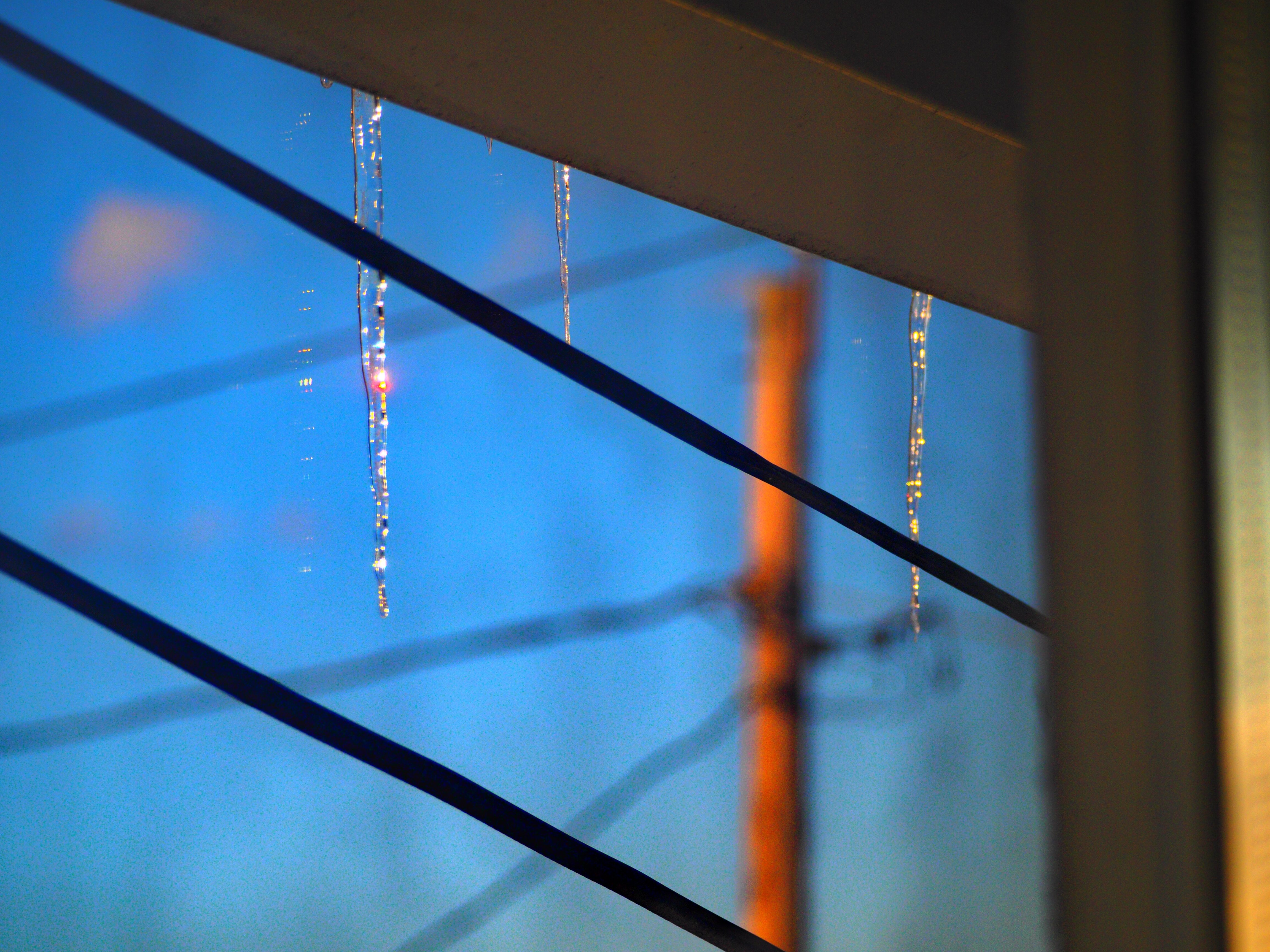-
Posts
44,789 -
Joined
Content Type
Profiles
Blogs
Forums
American Weather
Media Demo
Store
Gallery
Everything posted by LibertyBell
-
when I was growing up I spent a lot of time in tropical places and deserts in the summer so I'm used to it, it rejuvenates me. Nothing worse than rain and clouds in the summer. It's already up to 91 here at 9 am, I told you the coast heats up faster....
-
Historically in such a scenario the coast hits 100 early on (12-1) and then temperatures start to drop after 3 pm.
-
temperatures now finally starting to drop at 7 pm. We hit 89 around 5 pm and hovered there for almost two hours lol
-
I'm hoping for a July 5, 1999 scenario (in terms of wind direction).
-
But sometimes we get a day like this https://www.wunderground.com/history/daily/us/ny/new-york-city/KJFK/date/1993-7-9 10:00 AM 91 °F 66 °F 43 % N 7 mph 0 mph 29.96 in 0.0 in Fair 11:00 AM 96 °F 65 °F 36 % NW 10 mph 0 mph 29.95 in 0.0 in Partly Cloudy 12:00 PM 98 °F 62 °F 30 % NW 9 mph 0 mph 29.95 in 0.0 in Partly Cloudy 1:00 PM 99 °F 59 °F 26 % NNW 10 mph 0 mph 29.94 in 0.0 in Partly Cloudy 2:00 PM 97 °F 60 °F 29 % NNW 12 mph 0 mph 29.93 in 0.0 in Fair 3:00 PM 100 °F 58 °F 25 % NW 12 mph 0 mph 29.92 in 0.0 in Fair 4:00 PM 99 °F 59 °F 26 % WNW 14 mph 0 mph 29.90 in 0.0 in Fair 5:00 PM 100 °F 58 °F 25 % W 12 mph 0 mph 29.89 in 0.0 in Fair 6:00 PM 97 °F 62 °F 31 % W 8 mph 0 mph 29.89 in 0.0 in Fair 6:22 PM 0 °F 0 °F 0 % S 12 mph 0 mph 29.90 in 0.0 in Partly Cloudy 7:00 PM 89 °F 70 °F 53 % SW 10 mph 0 mph 29.89 in 0.0 in Fair 8:00 PM 88 °F 68 °F 51 % SW 10 mph 0 mph 29.90 in 0.0 in Fair 9:00 PM 86 °F 70 °F 59 % WSW 8 mph 0 mph 29.90 in 0.0 in Fair 10:00 PM 90 °F 68 °F 48 % WNW 10 mph 0 mph 29.91 in 0.0 in Partly Cloudy 11:00 PM 90 °F 70 °F 52 % WNW 12 mph 0 mph 29.92 in 0.0 in Partly Cloudy
-
This kind of day would be ideal here July 5, 1999 https://www.wunderground.com/history/daily/us/ny/new-york-city/KJFK/date/1999-7-5 9:51 AM 91 °F 75 °F 59 % W 16 mph 0 mph 29.91 in 0.0 in Fair 10:51 AM 95 °F 75 °F 52 % WNW 14 mph 0 mph 29.90 in 0.0 in Partly Cloudy 11:51 AM 96 °F 75 °F 51 % NW 13 mph 21 mph 29.90 in 0.0 in Partly Cloudy 12:51 PM 98 °F 75 °F 48 % W 14 mph 21 mph 29.88 in 0.0 in Mostly Cloudy 1:51 PM 99 °F 75 °F 46 % W 16 mph 20 mph 29.87 in 0.0 in Mostly Cloudy 2:51 PM 100 °F 75 °F 45 % NW 16 mph 0 mph 29.86 in 0.0 in Mostly Cloudy 3:51 PM 102 °F 74 °F 41 % W 16 mph 21 mph 29.84 in 0.0 in Mostly Cloudy 4:51 PM 101 °F 74 °F 42 % NW 12 mph 21 mph 29.83 in 0.0 in Mostly Cloudy 5:51 PM 101 °F 74 °F 42 % WNW 15 mph 0 mph 29.82 in 0.0 in Partly Cloudy 6:51 PM 99 °F 72 °F 42 % WNW 13 mph 0 mph 29.82 in 0.0 in N/A 7:51 PM 98 °F 72 °F 43 % WNW 16 mph 0 mph 29.83 in 0.0 in Partly Cloudy 8:51 PM 96 °F 71 °F 44 % NW 12 mph 0 mph 29.85 in 0.0 in Partly Cloudy 9:51 PM 95 °F 70 °F 44 % WNW 10 mph 0 mph 29.86 in 0.0 in Partly Cloudy 10:51 PM 94 °F 73 °F 51 % W 13 mph 0 mph 29.86 in 0.0 in Fair
-
It's happened a lot here at the coast after hitting 100 around 12 noon or 1 pm. Around here we're used to peaking around that time, usually we outpace the city and even Newark sometimes by several degrees. Then the temperature starts to drop around 4 pm and then it levels out in the early evening and sometimes even starts to rise again after that.
-
I hope we have this westerly wind for Tuesday so JFK can hit 100 in June!!
-
lets just hope we dont get any clouds Tuesday afternoon
-
This is kind of normal, it will be in the 80s by Monday evening and stay at 80 or above all night. Nice launching pad for Tuesday.
-
so they hit 90 today? strange, yesterday I hit 90 and they did not. today they hit 90 and I didn't (89 here)
-
May I introduce you to September 1953 when it hit 102 on the 2nd? Or September 1983 when it was 99 on the 11th? Or October 2019 when it was 95 on the 4th?
-
Same here, one degree shy of yesterday
-
where is this beautiful idyllic place Don? the grass looks so soft you could sleep on it and have the sweetest of dreams.
-
wow, has the GFS moved towards it at all or still going with mid 90s?
-
it's trying its best to get to 90 here we have partly sunny skies now.
-
to be fair, we all knew it wasn't going to be 106 in June lol, let alone 108 which it also showed for one or two runs.
-
but back in the previous era when it was drier, you probably didn't need ridges this strong to have triple digit temperatures. Being stuck in swampy air means a slower rise in temperatures.
-
well you know how I feel about this, the reason it was so much easier to hit 100 in years like 1993, 1999, 2010 (not to mention 1944, 1948, 1949, 1953, 1955, 1966) was because it was so much drier back then. Lower humidity means less clouds and drier air is easier to heat up
-
we hit 90 yesterday
-
still a chance at 100 on Tuesday for the city and western long island, looks like we are capped today in the mid to upper 80s because the sun is fighting through a high overcast. we were hotter yesterday but it was much less humid.
-
87 here now Don and that's with a high overcast and very hazy skies.
-
That must be where the clearing is coming from.
-
unlike in 1953 lol



